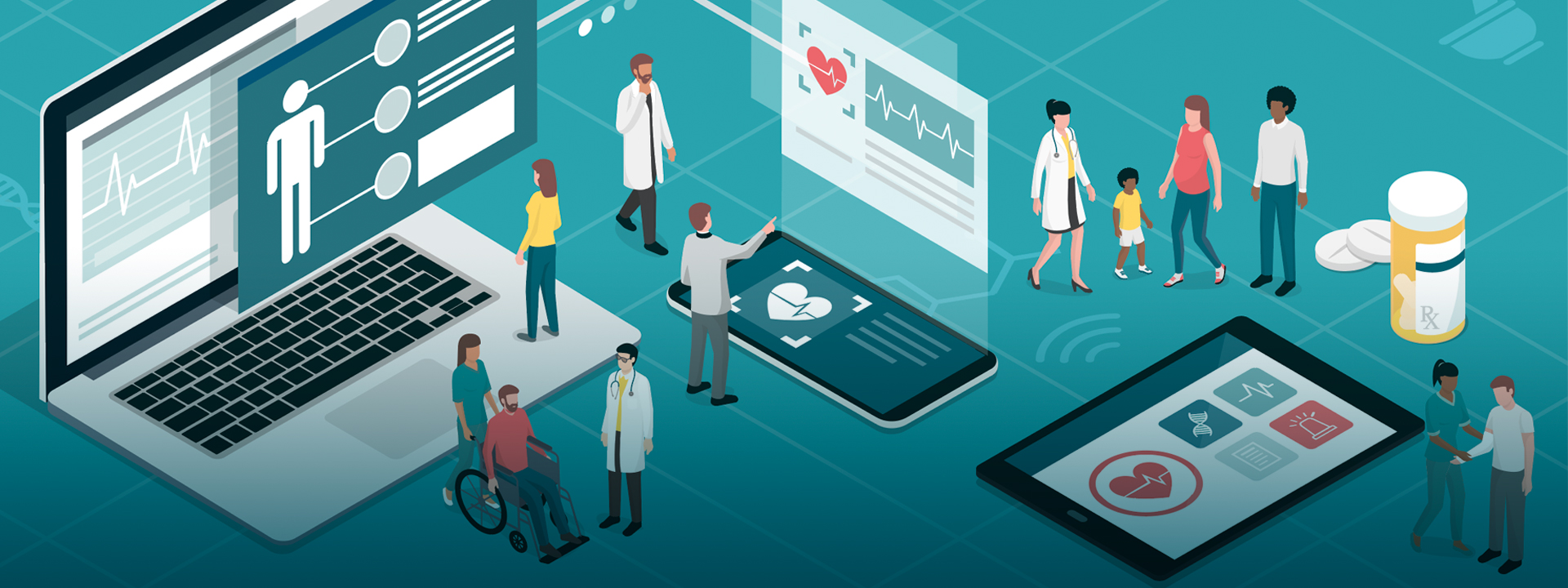Receiving a diagnosis at a routine doctor’s appointment can be incredibly scary, even for something as treatable as type 2 diabetes. But the right price transparency tools—or lack thereof—can make (or break) that experience for a patient. As a health plan, imagine your member Margo, an otherwise healthy woman who visits her doctor for an annual physical, receives just such a diagnosis. Her doctor assures Margo that diabetes is a serious but manageable disease. And with the right medication and treatment, Margo can live a happy and healthy life. Margo is somewhat reassured, but also remains stunned and worried. The next critical step in her patient journey could go one of two ways:
Scenario A: The morning after her diagnosis, after a sleepless night of worrying, Margo heads to the pharmacy to pick up her prescription. She’s taken by surprise when she learns the medication prescribed by her doctor isn’t ready because it requires prior authorization from her health plan.
A little frustrated, she calls the pharmacy the next day to see if her prescription is ready, only to hear from the pharmacy tech, “Your best bet would be to contact your doctor and your health plan to check on the approval process.”
Several days, phone calls, and faxes later, Margo finally gets a call from the pharmacy letting her know her prescription has been authorized and is ready for pick up. Relieved, she heads back to the pharmacy, only to discover her out-of-pocket cost is $150 per month.
Ouch.
Not knowing there are other options, she pays for the prescription, knowing full well she’ll have to make some tough budget choices.
The medication is working, but as the first month nears its end, Margo starts to panic. She doesn’t think she’ll have enough money to refill the prescription, which is a worry that other diabetics share. According to the Centers for Disease Control and Prevention adult diabetics are more likely than non-diabetics to delay taking pills or refilling prescriptions to save money. In an effort to make her prescription last longer, Margo starts skipping doses—joining the 53% of Americans who report not taking their medication because it was too expensive.
This means, unfortunately, that Margo could face complications, which could cost her significantly more money, or worse, may cause kidney damage or lead to risk of amputation.
And who does Margo blame for her frustrating medical experience and poor health? Her health plan.
Scenario B: Margo’s physician recommends what he thinks is the best medication. But as he selects it using his EHR software, he sees that, under Margo’s benefit plan and taking her deductible into account, the medication will cost her $150 out of pocket, each month.
Ouch.
Fortunately, on the same screen, several therapeutic alternatives and Margo’s out-of-pocket costs are also displayed, so the doctor and Margo have a quick conversation about her options, then select one of the alternatives that will cost just $25 per month. What’s even better is that, even though the alternative requires a prior authorization, Margo’s doctor can submit the request electronically, and it’s approved by Margo’s pharmacy benefit plan before she even leaves her doctor’s office.
Margo heads to the pharmacy a few hours later, pays her $25 copay, and leaves with her prescription.
Having a good experience so far, Margo is happy to be headed toward better health—and grateful that her health plan made it so easy to get the medication she needs.
Health plans today can avoid patient experiences like what Margo went through in Scenario A by making prescription price transparency and electronic prior authorization a reality for patients.
And, if improving medication adherence and the overall health of members isn’t enough, prescription price transparency tools have the potential to save commercial health plans $795 million annually and the commercial healthcare industry as a whole $3.7 billion annually.
Health plans can learn more about Surescripts prescription price transparency solutions—because they’re good for your members’ health, and that of your plan.


 Dean Riggott Photography
Surescripts
Dean Riggott Photography
Surescripts


